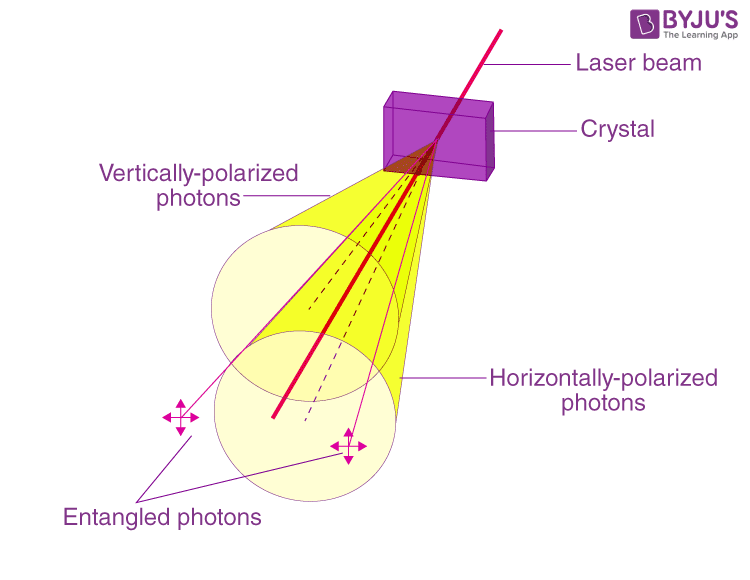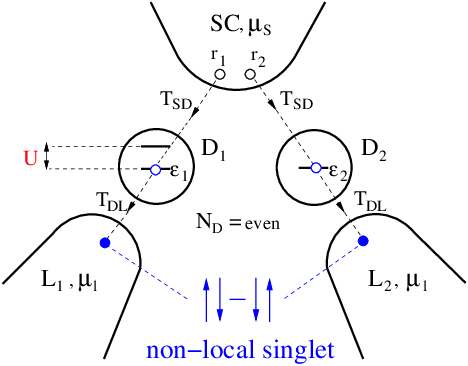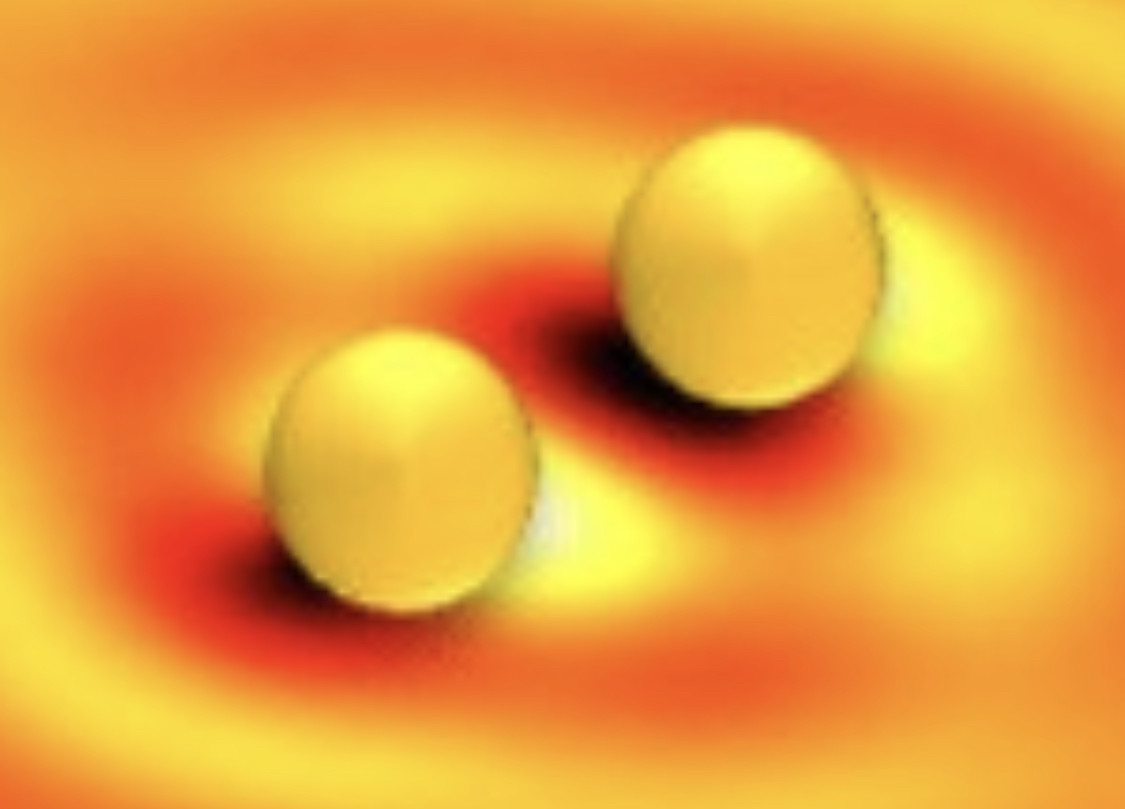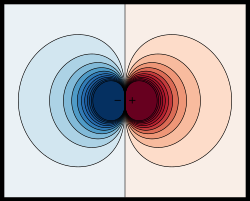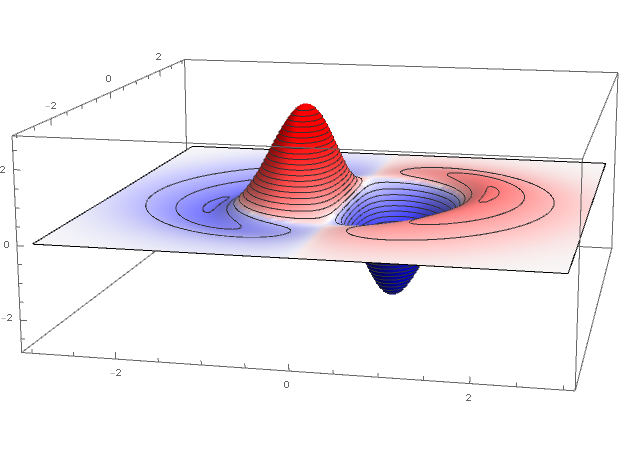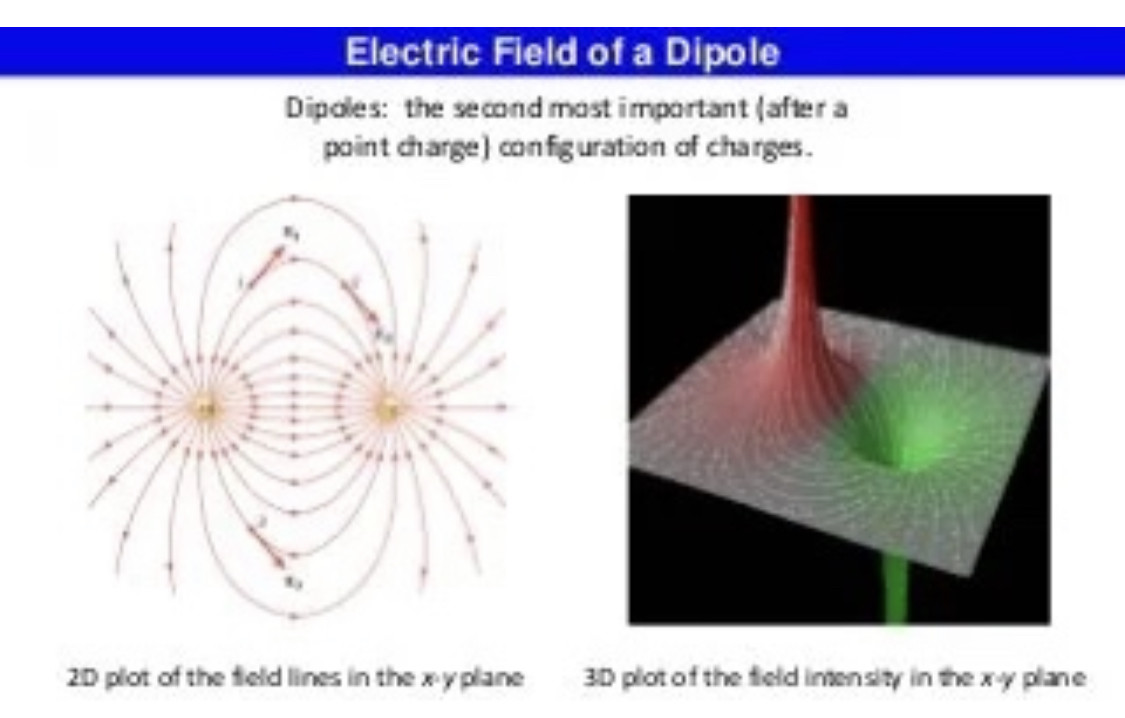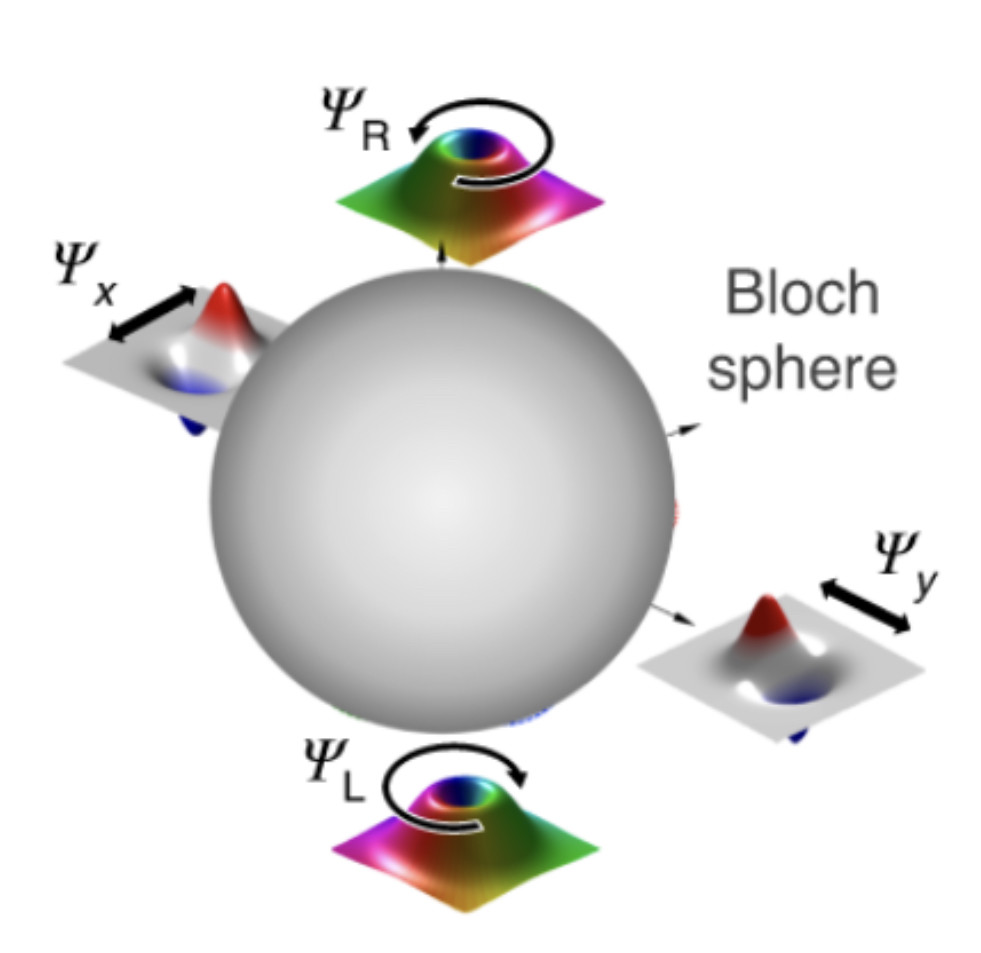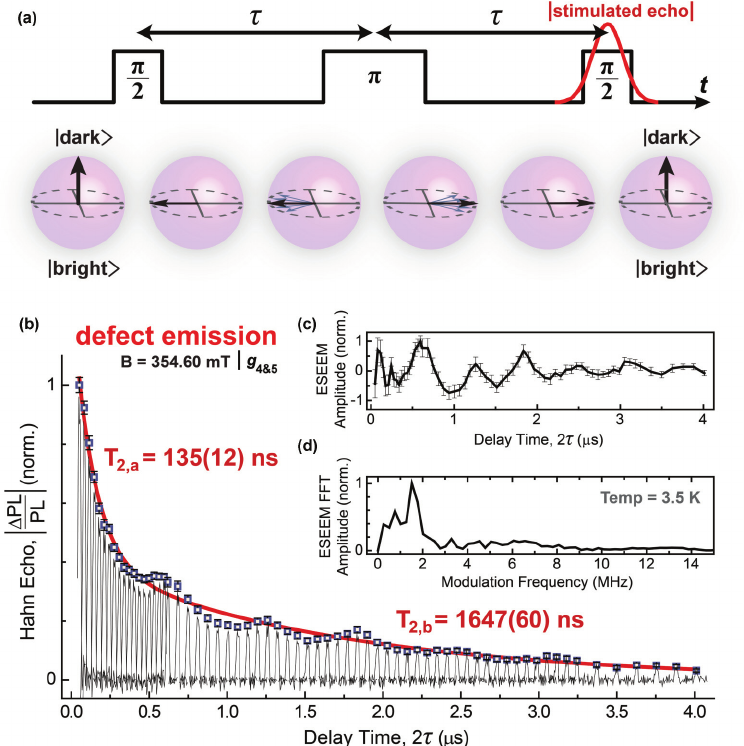Working to stay on the good path in a good way. #SaveTheChildren. I love God the Creator, Source of all, be positive my frens and manifest.
Hi Mac or a Fren
Urgently looking for post on ivermectin dosage, its going to close friend for cancer, dr bs not working.
Prayers ..
All possible dosages and drug forms may not be included here. Your dosage, drug form, and how often you take the drug will depend on:
your age
the condition being treated
how severe your condition is
other medical conditions you have
how you react to the first dose
Drug forms and strengths
Generic: Ivermectin
Form: oral tablet
Strength: 3 mg
Brand: Stromectol
Form: oral tablet
Strength: 3 mg
Dosage for parasite infection in the intestinal tract
Adult dosage (ages 18–64 years)
Typical dosage: 200 mcg/kg of body weight taken as one dose. Most people won’t need more than one dose.
Child dosage (ages 0–17 years)
For children who weigh 33 pounds (15 kg) or more
Typical dosage: 200 mcg/kg of body weight taken as one dose. Most children won’t need more than one dose.
For children who weigh less than 33 pounds (15 kg)
It has not been confirmed that this drug is safe and effective for use in these children.
Senior dosage (ages 65 years and older)
Your liver may not work as well as it used to. This can cause your body to process drugs more slowly. As a result, more of this drug can stay in your body for a longer time. This raises your risk of side effects.
Dosage for parasite infection in skin or eyes
Adult dosage (ages 18–64 years)
Typical dosage: 150 mcg/kg of body weight taken as one dose.
Follow-up treatment: You’ll likely need follow-up care from your doctor and additional rounds of treatment with this drug. Your doctor will decide when you’ll receive your next dose of ivermectin. You may be treated again in as few as three months.
Child dosage (ages 0–17 years)
For children who weigh 33 pounds (15 kg) or more
Typical dosage: 150 mcg/kg of body weight taken as one dose. Most children won’t need more than one dose.
Follow-up treatment: Your child will likely need follow-up care from your doctor and additional rounds of treatment with this drug. Your doctor will decide when your child will receive their next dose of ivermectin. Your child may be treated again in as few as three months.
For children weighing less than 33 pounds (15 kg)
It has not been confirmed that this drug is safe and effective for use in these children.
Senior dosage (ages 65 years and older)
Your liver may not work as well as it used to. This can cause your body to process drugs more slowly. As a result, more of this drug can stay in your body for a longer time. This raises your risk of side effects.
As opposed to:
Background: The relationship between vaccines and neuroinflammation have consistent molecular biology bases. In a recent paper we have already analyzed this kind of relationship.
Hypothesis: In this paper, we have gained additional evidence to support the link between vaccines and neuroinflammation. Furthermore, we found the molecular bases that support the link between HPV vaccines and certain adverse events (AEs). The peripheral proinflammatory cytokines (IL-1β, IL-6, and TNF-α), expressed after the injection of the vaccines can reach the brain and can cause neuroinflammation after microglia activation.
After vaccine injection significant systemic immune activation may occur with signs suggesting reactive brain inflammation, such as acute crying, fever, restlessness and failure to eat. It is a warning of danger to the brain in front of which we should reflect before causing irreversible damage. We also hypothesized the existence of a post-vaccination inflammatory syndrome caused by the proinflammatory cytokines strongly expressed after HPV vaccine injections. In addition, the molecular explanation of the chronic pain that has affected many girls in the world, including the complex regional pain syndrome (CRPS) in Japanese girls.
.
Conclusion: All vaccines can cause neuroinflammation. HPV vaccines can cause a post-vaccination inflammatory syndrome characterized by chronic pain and neuroinflammation. In this case, the phenomena of central sensitization is responsible for all the symptoms associated with chronic pain. The strong expression of proinflammatory cytokines, secreted after HPV vaccinations, brings to process that can produce irreversible neurological results in HPV vaccinated girls.
Oxygen radicals and nitric oxide (NO) are generated in excess in a diverse array of microbial infections. Emerging concepts in free radical biology are now shedding light on the pathogenesis of various diseases. Free-radical induced pathogenicity in virus infections is of great importance, because evidence suggests that NO and oxygen radicals such as superoxide are key molecules in the pathogenesis of various infectious diseases.
Although oxygen radicals and NO have an antimicrobial effect on bacteria and protozoa, they have opposing effects in virus infections such as influenza virus pneumonia and several other neurotropic virus infections. A high output of NO from inducible NO synthase, occurring in a variety of virus infections, produces highly reactive nitrogen oxide species, such as peroxynitrite, via interaction with oxygen radicals and reactive oxygen intermediates.
The production of these various reactive species confers the diverse biological functions of NO. The reactive nitrogen species cause oxidative tissue injury and mutagenesis through oxidation and nitration of various biomolecules. The unique biological properties of free radicals are further illustrated by recent evidence showing accelerated viral mutation by NO-induced oxidative stress. NO appears to affect a host's immune response, with immunopathological consequences. For example, NO is reported to suppress type 1 helper T cell-dependent immune responses during infections, leading to type 2 helper T cell-biased immunological host responses. NO-induced immunosuppression may thus contribute to the pathogenesis of virus infections and help expansion of quasispecies population of viral pathogens.
Broad-spectrum and effective antiviral drugs are difficult to come by, and many of the most deadly viruses still do not have vaccines to provide protection in humans. In new work led by David Lembo, Francesco Stellacci and colleagues, they have taken advantage of a mechanism in viruses for cell interaction, combined with nanoparticles, to make a new broad-spectrum antiviral.
The team designed nanoparticles with long linkers that mimic heparin sulfate proteoglycans (HSPG), a conserved surface protein used by viruses in the first steps to binding to cells for infection. Testing the nanoparticles in several in vitro and in vivo assays, the team shows that they bind strongly to a wide range of viruses and effectively inhibit them from infecting cells.
The most basic method to measure the size of nanoparticles is the size analysis from the picture image using the transmission electron microscope (TEM), which could also give the particle size distribution. For this analysis, preparation of the well-dispersed particles on the sample mount is the key issue.
The wavelength corresponding to the maximum extinction, absorption as well as scattering redshifts (shift to longer wavelengths) were observed as the nanoparticle size increased. The rate of change of scattering (∆sca) and absorption (∆abs) relative to the extinction is calculated to correlate these two properties.
Gold nanoparticles’ interaction with light is strongly dictated by their environment, size and physical dimensions. Oscillating electric fields of a light ray propagating near a colloidal nanoparticle interact with the free electrons causing a concerted oscillation of electron charge that is in resonance with the frequency of visible light.
These resonant oscillations are known as surface plasmons. For small (~30 nm) monodisperse gold nanoparticles, the surface plasmon resonance phenomenon causes an absorption of light in the blue-green portion of the spectrum (~450 nm) while red light (~700 nm) is reflected, yielding a rich red color. As particle size increases, the wavelength of surface plasmon resonance related absorption shifts to longer, redder wavelengths. Red light is then absorbed, and blue light is reflected, yielding solutions with a pale blue or purple color (Figure 1). As particle size continues to increase toward the bulk limit, surface plasmon resonance wavelengths move into the IR portion of the spectrum and most visible wavelengths are reflected, giving the nanoparticles clear or translucent color. The surface plasmon resonance can be tuned by varying the size or shape of the nanoparticles, leading to particles with tailored optical properties for different applications.
Sonocrystallization involves the application of ultrasound energy to control the nucleation and crystal growth of a crystallization process.
In living cells, viruses form crystals so small that only a microfocus beamline at a synchrotron or an XFEL laser can be used to study them.
What if instead we could create a paint that can change from white to transparent under the influence of ultrasound or vibration? If the paint has a broadband response and is sensitive to different types of ultrasonic wave, it would be able to show visually the waves when they reach the sample surface. This would open up a wide variety of opportunities such as embedded sensors, smart coatings that help identify problems visually and at low cost. Important structural safety data could be collected by anyone with mobile phone with a camera, and sent to a monitoring centre, instead of having to train people in rather complex testing procedures. But how can one achieve this?
The answer may be by using liquid crystals. These materials are used in displays, such as for phones and computers. Liquid crystals are very sensitive to external fields such as voltage. They are also sensitive to displacement - try pushing a liquid crystal display with your finger! - which means that they are sensitive to ultrasound. While liquid crystal films require complex technological processes to be made into displays, there is a simple low-cost alternative. One can instead put small droplets of liquid crystal into a polymer matrix and make flexible large area films. When no field is applied, the liquid crystals in the droplets are not aligned, and the film is highly scattering to light, leading to a white appearance. When a field, such as an ultrasound wave, is incident on the film, the liquid crystals start to align, and the film becomes transparent. These films are sensitive to ultrasound and will go from opaque (white) to transparent when excited.
The localization of liquid-ordered (Lo) and liquid-crystalline (Lα) phase domains on a silicon substrate with a microwell array is investigated. Although the phase separation of the Lo and Lα phases on both a giant unilamellar vesicle (GUV) and a supported membrane remains stable for a long time, the lateral diffusion of lipids across each domain boundary occurs quickly.
Since the phase separation and domain arrangement are governed by the stiffness and lateral tension of the lipid membrane, the phase separation is rearranged on a micropatterned substrate. Similar phase separation of the Lo and Lα phases is observed at a lipid membrane suspended over a microwell. However, the Lα phase is preferred at a suspended membrane, and saturated lipids and cholesterol are excluded toward the supporting membrane on the periphery. Since the Lo domain area is reduced by anisotropic diffusion through the boundary between the suspended and supported membranes, a very slow reduction rate with a linear functional relation is observed. Finally, a localized Lα phase domain is observed at a membrane suspended over a microwell, which is surrounded by an Lo phase supported membrane.
In this study, the effects of high frequency ultrasound (US) and visible light (VL) on virus inactivation were investigated. The bacteriophages ΦX174 and MS2 were used as model viruses. The experiments were performed at room temperature at three different, relatively high US frequencies (i.e., 582, 862, and 1142 kHz) with and without the use of VL, and different initial virus concentrations. The two bacteriophages were diluted in phosphate-buffered saline solution to a titer of 10(3)-10(4)pfu/mL.
The experimental virus inactivation data were satisfactorily represented by a simple first-order kinetic expression. Virus inactivation was faster at the lower frequencies (582 and 862 kHz). Furthermore, it was observed that MS2 was inactivated faster than ΦX174. The simultaneous use of US and VL was found to be more effective than US alone for MS2 inactivation, indicating the existence of a synergistic effect. However, the use of VL in conjunction with high frequency US hindered the inactivation of ΦX174.
A new study by researchers in MIT’s Department of Mechanical Engineering suggests that coronaviruses may be vulnerable to ultrasound vibrations, within the frequencies used in medical diagnostic imaging.
Through computer simulations, the team has modeled the virus’ mechanical response to vibrations across a range of ultrasound frequencies. They found that vibrations between 25 and 100 megahertz triggered the virus’ shell and spikes to collapse and start to rupture within a fraction of a millisecond. This effect was seen in simulations of the virus in air and in water.
The results are preliminary, and based on limited data regarding the virus’ physical properties.
A phased array ultrasound transducer is typically 2-3 cm long, consisting of 64-128 elements. It is a smaller assembly than a sequential array and can be either linear or curvilinear. A sector field of view is produced by all elements firing to create a single waveform.
curvilinear (adj.)
"having or consisting of curved lines," 1710, from curvi-, combining form of Latin curvus "curved, crooked, bent" (see curve (v.)) + linearis, from linea "line" (see line (n.)). Earlier was curvilineal (1650s).
curve (v.)
early 15c. (implied in curved), intransitive, "have or assume a curved form," from Latin curvus "crooked, curved, bent," and curvare "to bend," both from PIE root *sker- (2) "to turn, bend." Transitive sense of "cause to take the shape of a curve, bend" is from 1660s. curve (n.)
Etymology. Vé derives from a Common Germanic word meaning sacred or holy, cf. Gothic weihs (holy), Old English wēoh, wīg (idol), German weihen (consecrate, sanctify), German Weihnachten (Christmas).
king (plural kings)
🙏🏻❤️


